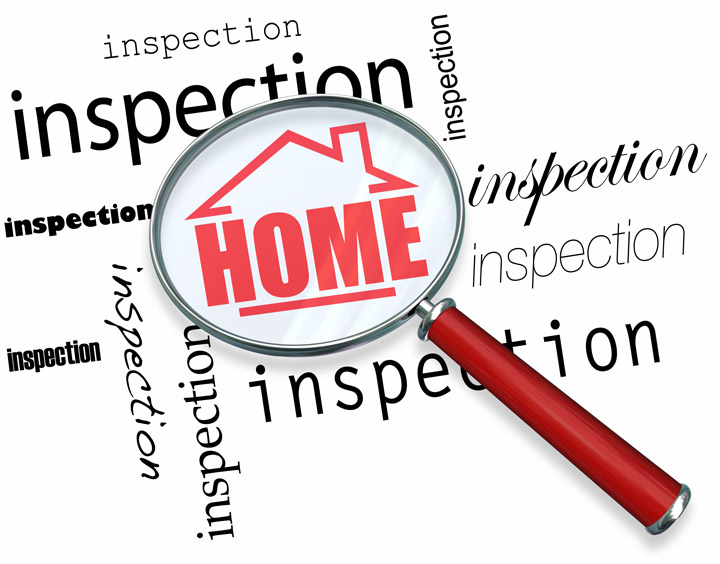
What Are the Components of an Appraisal?Getting real estate can be the largest financial decision many people might ever make. Whether it's where you raise your family, a seasonal vacation property or an investment, the purchase of real property is a complex financial transaction that requires multiple parties to see it through. The majority of the people participating are quite familiar. The most known person in the transaction is the real estate agent. Then, the bank provides the financial capital necessary to fund the exchange. And ensuring all areas of the sale are completed and that the title is clear to pass from the seller to the buyer is the title company. So, who makes sure the real estate is worth the purchase price? This is where the appraiser comes in. We provide an unbiased estimate of what a buyer might expect to pay — or a seller receive — for a parcel of real estate, where both buyer and seller are informed parties. A licensed, certified, professional appraiser from Bob Warncke Appraisal Group will ensure, you as an interested party, are informed. The inspection is where an appraisal beginsTo determine an accurate status of the property, it's our duty to first conduct a thorough inspection. We must actually see features, such as the number of bedrooms and bathrooms, the location, living areas, etc, to ensure they indeed exist and are in the shape a typical buyer would expect them to be. To ensure the stated size of the property is accurate and convey the layout of the house, the inspection often entails creating a sketch of the floorplan. Most importantly, the appraiser looks for any obvious features - or defects - that would have an impact on the value of the property. Back at the office, we use two or three approaches to determining the value of real property: sales comparison and, in the case of a rental property, an income approach. 
Cost ApproachHere, the appraiser uses information on local construction costs, labor rates and other factors to derive how much it would cost to replace the property being appraised. This figure commonly sets the upper limit on what a property would sell for. The cost approach is also the least used predictor of value. 
Sales ComparisonAppraisers can tell you a lot about the communities in which they work. They innately understand the value of certain features to the residents of that area. Then, the appraiser researches recent transactions in the neighborhood and finds properties which are 'comparable' to the property at hand. By assigning a dollar value to certain items such as square footage, additional bathrooms, hardwood floors, fireplaces or view lots (just to name a few), we adjust the comparable properties so that they are more accurately in line with the features of subject.
A valid estimate of what the subject might sell for can only be determined once all differences between the comps and the subject have been evaluated. At Bob Warncke Appraisal Group, we are experts in knowing the worth of particular items in Tinton Falls and Monmouth County neighborhoods. The sales comparison approach to value is usually awarded the most importance when an appraisal is for a real estate purchase. Valuation Using the Income ApproachIn the case of income producing properties - rental houses for example - we may use an additional approach to value. In this case, the amount of income the property produces is taken into consideration along with income produced by similar properties to give an indicator of the current value. ReconciliationExamining the data from all applicable approaches, the appraiser is then ready to state an estimated market value for the property at hand. The estimate of value on the appraisal report is not always the final sales price even though it is likely the best indication of what a property is worth. Prices can always be driven up or down by extenuating circumstances like the motivation or urgency of a seller or 'bidding wars'. Regardless, the appraised value is typically employed as a guideline for lenders who don't want to loan a buyer more money than they could recover in the event they had to put the property on the market again. It all comes down to this, an appraiser from Bob Warncke Appraisal Group will guarantee you attain the most accurate property value, so you can make profitable real estate decisions. |